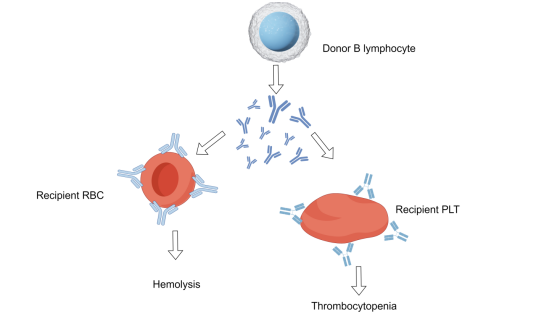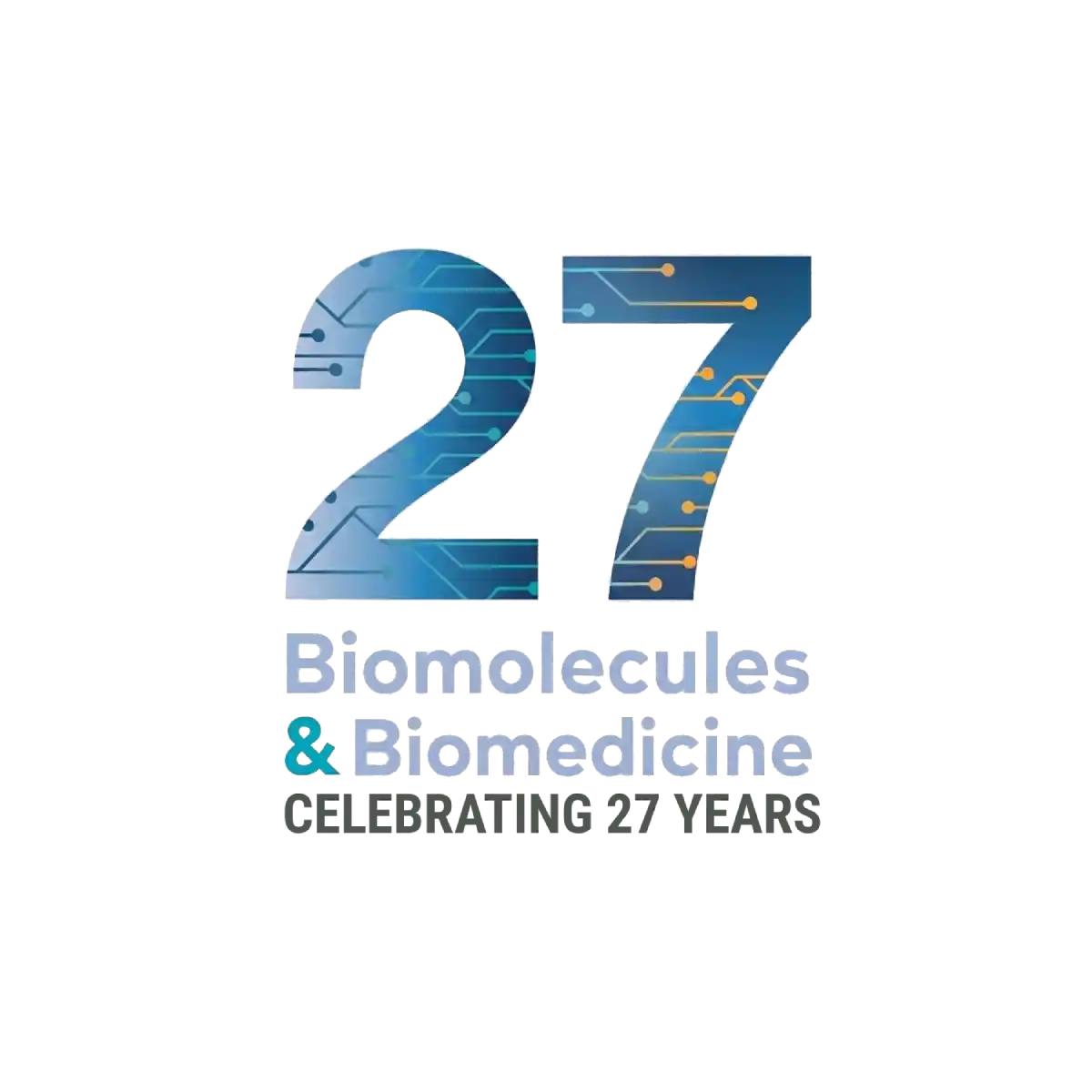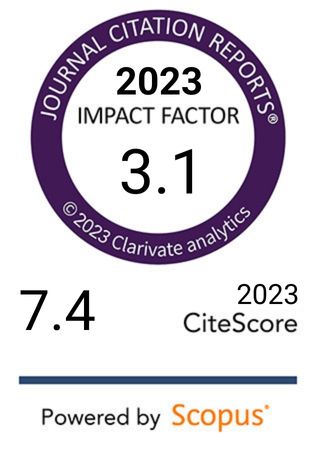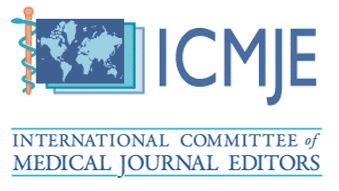Passenger lymphocyte syndrome – Epidemiology, pathogenesis, diagnosis, treatment and future directions: A review
DOI:
https://doi.org/10.17305/bb.2025.12548Keywords:
Passenger lymphocyte syndrome, PLS, transplantation, epidemiology, graft survival, red blood cell transfusion, blood group incompatibility, hemolytic anemiaAbstract
Passenger lymphocyte syndrome (PLS) is a hematological complication that can occur following transplantation, characterized by donor-derived memory B lymphocytes producing antibodies against the recipient's blood cells. This review examines the pathophysiology, diagnostic approaches, and treatment strategies aimed at enhancing clinical management and standardizing therapeutic protocols for PLS. A literature search was conducted using Web of Science and PubMed to identify relevant publications on PLS, resulting in 79 studies. Studies were selected based on predefined criteria, including a focus on human donor-derived alloimmunity, documented blood group antigen-antibody interactions, transplantation context, clinical data on outcomes or management, and methodological validity. Only studies containing actual patient data and substantive discussions about PLS were included. PLS commonly presents as hemolytic anemia, accompanied by elevated lactate dehydrogenase (LDH) levels, indirect hyperbilirubinemia, and reduced haptoglobin levels. Diagnosis is primarily based on clinical manifestations and laboratory tests, including the direct antiglobulin test (DAT) and antibody screening. Differential diagnosis is crucial for excluding drug-induced hemolytic anemia and thrombotic microangiopathy. Current treatment strategies for PLS focus on halting hemolysis and restoring hematological balance. First-line treatment includes donor-compatible red blood cell transfusions and high-dose corticosteroids, while refractory cases may necessitate rituximab or plasmapheresis. Despite advancements in PLS management, challenges persist, including delayed diagnosis due to self-limiting cases and a lack of standardized treatment protocols. Future research should incorporate genomic and proteomic biomarkers for accurate diagnosis and risk prediction. Developing mechanism-driven therapies targeting donor lymphocytes and establishing global consensus frameworks can enhance monitoring, improve graft survival, and optimize transplant recipient outcomes.
Citations
Downloads

Downloads
Published
License
Copyright (c) 2025 Yingfang Pan, Aiping Zhao, Xiujiao Jiang, Na Zhou, Jing Wang, Changkui Sun, Fang Zhou

This work is licensed under a Creative Commons Attribution 4.0 International License.









